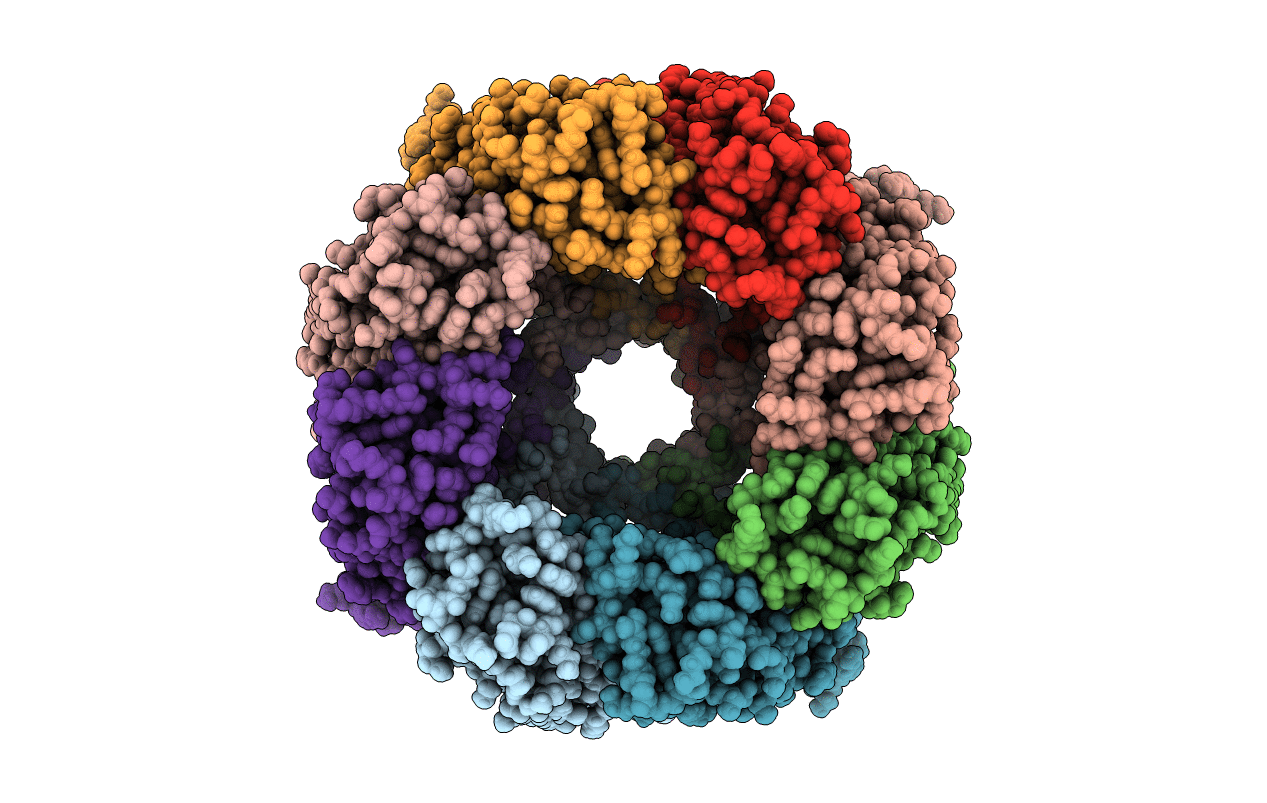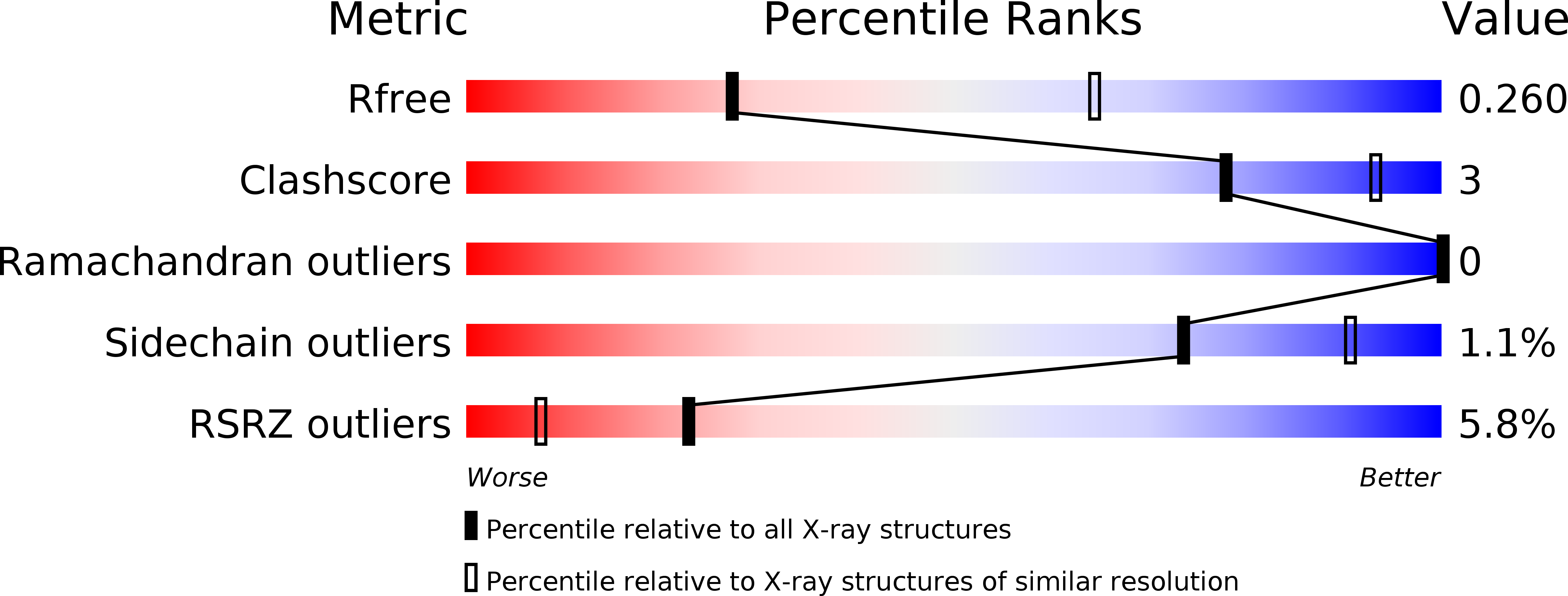
Deposition Date
2014-02-28
Release Date
2014-10-01
Last Version Date
2023-12-27
Entry Detail
Biological Source:
Source Organism:
Staphylococcus aureus (Taxon ID: 158878)
Host Organism:
Method Details:
Experimental Method:
Resolution:
2.99 Å
R-Value Free:
0.25
R-Value Work:
0.23
R-Value Observed:
0.23
Space Group:
C 1 2 1


